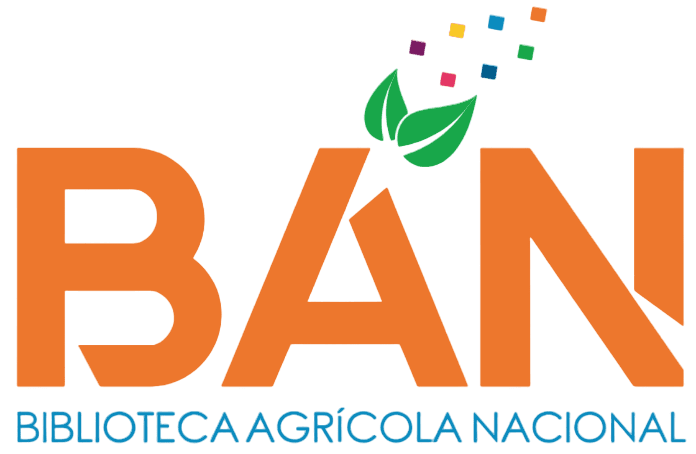Mutagénesis aleatoria aplicada a la ferritina de soya producida en Saccharomyces cerevisiae
Loading...
Código QR
Authors
Román Paredes, Katherine Rossel
Contact Email
Abstract
El hierro es un elemento esencial en los sistemas vivos, por ello es importante su obtención a través de los alimentos que consumimos. En el Perú existe un grave problema de salud pública, que es la anemia por déficit de hierro y que se debe principalmente al bajo consumo de alimentos ricos en este metal. El Estado peruano ha ejecutado planes para reducir los índices de anemia, principalmente en niños menores de 36 meses y mujeres gestantes, pero lamentablemente no se han logrado los objetivos planteados. En ese sentido se podría utilizar levaduras (Saccharomyces cerevisiae) como un suplemento nutricional con alto contenido de hierro. Para lograrlo, se puede implementar una estrategia basada en la capacidad de la levadura de producir ferritinas heterólogas funcionales, que almacenan miles de iones férricos. Para mejorar estas capacidades, en el presente estudio se construyó una biblioteca plasmídica que incluía variantes de la subunidad H1 de la ferritina de soya (sH1), las cuales fueron obtenidas mediante PCR proclive a error. Luego se realizaron tamizados para encontrar aquellas variantes de ferritina que otorgaran a la levadura una mejorada capacidad de acumulación de hierro. El análisis de los transformantes seleccionados permitió identificar a dos variantes que presentaron diferentes cambios. Una de las variantes fue seleccionada para su caracterización, y se pudo confirmar que era capaz de conferir mayores niveles de acumulación de hierro. Este estudio ha demostrado por un lado, que es posible mejorar los niveles de acumulación de hierro que confiere la subunidad H1 de la ferritina de soya, al ser producida en S. cerevisiae. Adicionalmente, los resultados obtenidos confirman la alta eficiencia de mutagénesis que se pudo lograr mediante la estrategia aplicada de PCR proclive a error.
Iron is an essential element in all living systems and thus, it is important to obtain it through the food we consume. In Peru, iron deficiency anemia is a serious public health problem, which is mainly due to the low consumption of foods rich in this metal. The Peruvian State has implemented plans to reduce anemia rates, mainly in children under 36 months and pregnant women but unfortunately, the goals have not been achieved. In this sense, yeast (Saccharomyces cerevisiae) could be used as a nutritional supplement with a high iron content. To achieve this, a strategy based on the capacity of yeast to produce functional heterologous ferritins, which store thousands of ferric ions, can be implemented. To improve these capacities, in the present study a plasmid library was constructed that included variants of the soy ferritin H1 subunit (sH1), which were obtained by error-prone PCR. Screenings were then carried out to find the ferritin variants that gave the yeast an improved iron accumulation capacity. Analysis of the selected transformants allowed the identification of two variants that presented different changes. One of the variants was selected for characterization, and it was confirmed that it was capable of conferring higher levels of iron accumulation. This study has demonstrated, on the one hand, that it is possible to improve the levels of iron accumulation conferred by the H1 subunit of soybean ferritin, when produced in S. cerevisiae. Additionally, the results confirm the high efficiency of mutagenesis that could be achieved by the error-prone PCR strategy applied.
Iron is an essential element in all living systems and thus, it is important to obtain it through the food we consume. In Peru, iron deficiency anemia is a serious public health problem, which is mainly due to the low consumption of foods rich in this metal. The Peruvian State has implemented plans to reduce anemia rates, mainly in children under 36 months and pregnant women but unfortunately, the goals have not been achieved. In this sense, yeast (Saccharomyces cerevisiae) could be used as a nutritional supplement with a high iron content. To achieve this, a strategy based on the capacity of yeast to produce functional heterologous ferritins, which store thousands of ferric ions, can be implemented. To improve these capacities, in the present study a plasmid library was constructed that included variants of the soy ferritin H1 subunit (sH1), which were obtained by error-prone PCR. Screenings were then carried out to find the ferritin variants that gave the yeast an improved iron accumulation capacity. Analysis of the selected transformants allowed the identification of two variants that presented different changes. One of the variants was selected for characterization, and it was confirmed that it was capable of conferring higher levels of iron accumulation. This study has demonstrated, on the one hand, that it is possible to improve the levels of iron accumulation conferred by the H1 subunit of soybean ferritin, when produced in S. cerevisiae. Additionally, the results confirm the high efficiency of mutagenesis that could be achieved by the error-prone PCR strategy applied.
Description
Universidad Nacional Agraria La Molina. Facultad de Ciencias. Departamento Académico de Biología
Keywords
Mutagénesis
Citation
Date
2025
Collections
Seleccionar año de consulta:
Licencia de uso

Excepto si se señala otra cosa, la licencia del ítem se describe como info:eu-repo/semantics/openAccess

